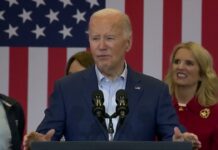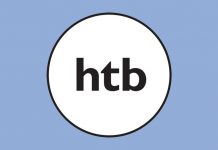On March 9th, I wrote that Covid-related lockdowns were leading many states to implement or advance already existing school choice measures. Just four weeks later, it is happening at breakneck speed. Legislators and parents have become fed up, and are doing what they can to regain control of the educational lives of children. They have watched as private schools flourish, while many of the government-run variety – typically at the behest of the teachers unions – have been shuttered. Also, because of forced online learning, parents have been given a Zoom-view as to just what teachers are…and aren’t teaching.
As The Wall Street Journal notes, 50 school choice bills have been introduced in 30 states this year. Kentucky voted in a tax-credit-funded education savings account, its very first school choice legislation. As Lindsey Burke, director of the Heritage Foundation Center for Education Policy, explains, “…students from families with incomes below 175 percent of the federal poverty line will have access to education savings accounts. The program is available to students living in counties with more than 90,000 residents, and will initially be capped at $25 million.”
In North Carolina, House Bill 32 is currently working its way through the legislative process. If passed, the “Equity in Opportunity Act” will increase funding for the existing voucher program and allow more students to apply for scholarships.
Perhaps the most interesting state to advance educational freedom is West Virginia, which on March 29th passed the most expansive school choice program in the country. Under the new law, all parents have unrestrained options. If parents choose a private school for their kids, they will receive 100 percent of their state education dollars – $4,600 annually – to help defray expenses. In addition to private school tuition, parents can use the funding to homeschool or for other education expenses. The new law stands in stark contrast to 2018 when Mountain State educators made news by launching an illegal statewide strike, which morphed into the nationwide “Red for Ed” movement. Interestingly, the unions have been very quiet about the new law. Patricia Rucker, chair of the Senate Education Committee and chief architect of the ESA effort, explained that when legislators pushed for reforms in 2019, they caught a lot of flak from the teachers union. But this time around, she says it has been quiet. “The unions don’t like the bill, but our phones aren’t ringing. We aren’t getting emails. It’s nothing like last time.”
Even in California, hardly a school choice mecca, there is rumbling.
By Larry Sand















































